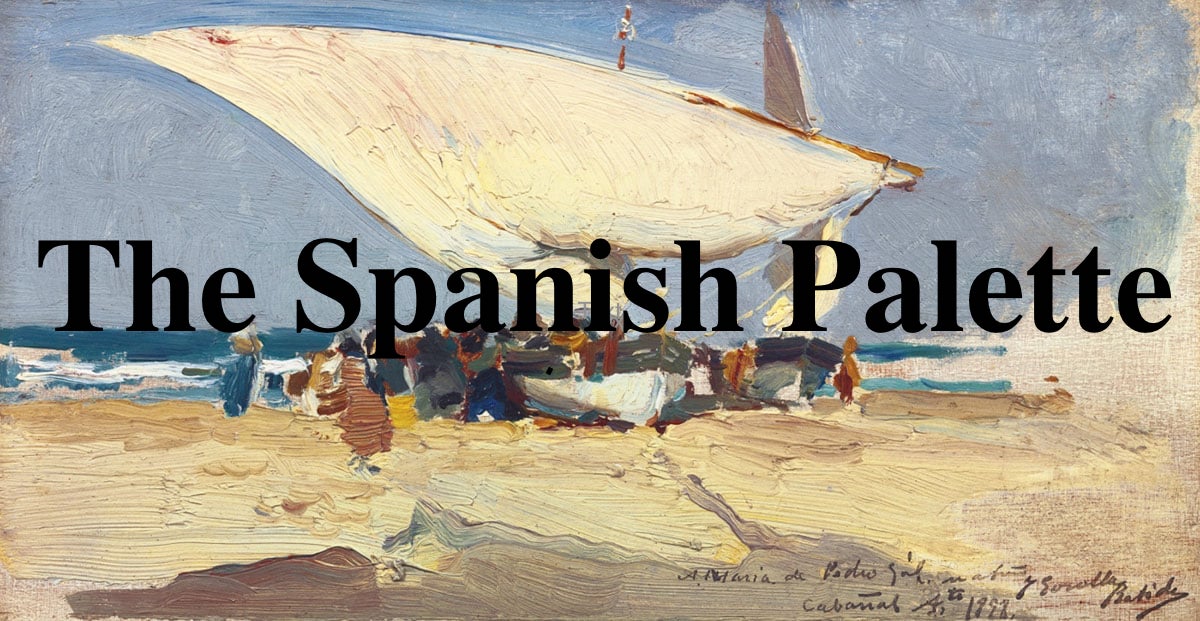Deciphering the Enigmatic: Salvador Dalí's 'Agnostic Symbol' MUST READ
Salvador Dalí was renowned for his ability to transform the ordinary into the extraordinary, using intricate symbolism and bizarre imagery to challenge the boundaries of reality. One of his lesser-known yet captivating works, "Agnostic Symbol," painted in 1932, stands as a testament to his artistic genius. This enigmatic masterpiece, measuring 54 x 62.5 cm and created with oil on canvas, is currently nestled within the collection of the Philadelphia Museum of Art.
Let's delve into the mystique of "Agnostic Symbol" and uncover the myriad interpretations it has inspired.
The Distorted Spoon: At the heart of this surreal composition is a long, distorted spoon, a recurring motif in Dalí's oeuvre. Often viewed as a representation of the human mind, the distorted spoon implies that our grasp of reality is inherently skewed and limited. Just as a spoon cannot hold an ocean, our minds can only fathom a fraction of the vast universe.
The Golden Pocket Watch: Alongside the spoon, there is a tiny, glistening pocket watch, a quintessential symbol of time. In Dalí's hands, the pocket watch becomes a metaphor for life's fleeting nature. It serves as a stark reminder that our time on Earth is finite, and each moment is precious.
The Cracked Wall: The cracked wall in the background serves as a visual demarcation, perhaps representing the divide between the tangible world and the mysterious depths of the subconscious mind. This rift suggests that our truest selves and deepest truths may reside beyond the surface of conscious thought.
Interpretations of 'Agnostic Symbol':
1. The Quest for Ultimate Truth: "Agnostic Symbol" has been seen as an exploration of the human struggle to understand the ultimate truths of the universe and the nature of God. The distorted spoon signifies our limited capacity to comprehend reality, while the pocket watch emphasizes the relentless march of time, both of which impose limitations on our quest for knowledge.
2. A Meditation on Life's Transience: This painting can be seen as a meditation on the passage of time and the ephemeral nature of existence. The elongated spoon could symbolize life's winding journey, often challenging and distorted. The pocket watch reminds us that life is fleeting, urging us to make the most of each moment. The cracked wall serves as a reminder of the fragility of life, a wall that we will all inevitably face.
3. Dalí's Personal Journey: Dalí, known for his complex psyche, might have used "Agnostic Symbol" as a canvas to express his own inner turmoil. The distorted spoon might reflect his troubled and convoluted mind, the pocket watch his awareness of mortality, and the cracked wall the barrier between his conscious and subconscious thoughts.
Other Possible Interpretations:
- The spoon could represent the human ego, always reaching for the unattainable.
- The pocket watch could represent the importance of cherishing each fleeting moment.
- The cracked wall could signify the divisions and conflicts that plague our world.
- The painting could be a metaphor for the human condition, marked by uncertainty, anxiety, and an eternal yearning for something beyond reach.
In essence, the beauty of "Agnostic Symbol" lies in its ambiguity, which invites viewers to explore their own interpretations and emotions. It is a testament to Dalí's unparalleled ability to create art that challenges our perceptions and stirs our souls. Whether you see it as a philosophical reflection on human existence or a deeply personal expression of Dalí's inner world, "Agnostic Symbol" continues to captivate and intrigue, reminding us that art's true power lies in its ability to provoke thought and evoke emotions.




Great read!
ReplyDelete